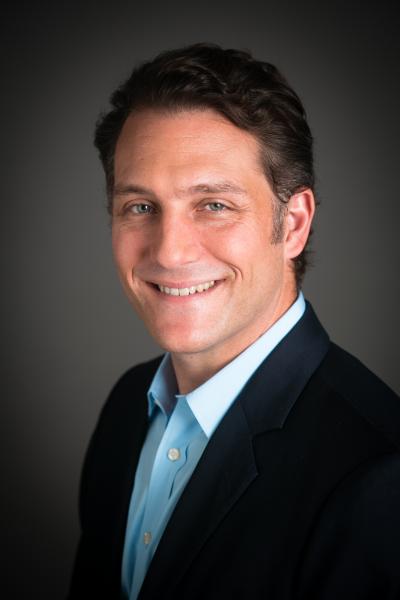Bridging the digital divide makes Minnesota’s Medicaid more accessible
By Ben Geyerhahn
 Minnesota should be proud of its recent health insurance expansion. As one of 33 states to expand Medicaid eligibility under the Affordable Care Act, the state lowered its uninsured rate to just 5 percent during the first year of Open Enrollment.
Minnesota should be proud of its recent health insurance expansion. As one of 33 states to expand Medicaid eligibility under the Affordable Care Act, the state lowered its uninsured rate to just 5 percent during the first year of Open Enrollment.
That’s an impressive statistic, but lost in the headlines is the reality that many of the state’s most vulnerable residents — the very people the expansion intends to protect — have struggled just to apply for the coverage they qualify for.
Lost in the Digital Divide
Like many states, Minnesota established an enrollment system that allows people to sign up, in person, for Medicaid coverage with state-funded navigator organizations or online. Unlike most states, a telephone helpline is only available to assist — registrants can’t complete their applications via call center.
This system works for most of the state’s population; however, allowing only in-person applications during normal business hours doesn’t serve low-income people well, particularly the working poor. Online applications that can’t be completed on a smartphone don’t help, either.
The system’s designers made a common mistake: misunderstanding the digital divide in contemporary America. Today, an invisible gulf exists between those with access to the Internet through a personal computer in their home and those without.
Low-income people who access the Internet do so primarily through smartphones, and few have broadband-connected computers at home, let alone scanners or other hardware that online applications often require. In circumstances when mobile phones won’t suffice, people seek desktop computers at the public library or go through friends and family.
Minnesota’s online application essentially forces applicants to use desktop computers. It often requires access to scanners in order to submit personal documents. Because most low-income applicants don’t own this equipment and are unlikely to want to input sensitive information on public computers, this poses a disincentive to apply.
Moreover, while the website itself has improved, it has continued to struggle with usability issues and technical difficulties. This further burdens low-income applicants, whether they apply independently or with the help of a navigator.
Applicants are left with one option: to make an appointment with a navigator in person. This requirement is burdensome for working people who must wait — sometimes weeks — for an available appointment. They’re likely to need time off from work and will lose pay to make it to their appointment. A tailored online system and a phone-based application would solve this.
How to Bridge the Gap
When policymakers apply middle-class values to service-delivery design, they further hinder low-income consumers by not providing services that actually meet client needs. The Medicaid application process must be revised in three ways:
- Allow residents to apply over the phone or via a mobile device. This entails more than merely hosting a mobile-responsive website. Redesigning with mobile in mind requires shorter forms, simpler questions, less typing, and support of multiple languages. Meanwhile, the state should allow people to complete applications via its call center like nearly every other state.
- Incorporate useful mobile tools. Minnesota already has a handy “cost calculator” on its homepage that helps applicants estimate their eligibility without having to complete an entire application. Including more of these tools on an app would help.
- Provide assistance via text message. Applicants could ask questions, receive confirmation of enrollment status, and even answer follow-up queries via text. This method is more cost-effective than using in-person assistants or call centers, which are expensive to operate, inconvenient for low-income residents to access, and arduous for time-strapped applicants.
Adopting these small but impactful reforms would place Minnesota at the vanguard of government service delivery. By offering services that healthcare consumers will value and use, all participating states can expand access to Medicaid more quickly and easily, advancing the health and well-being of the entire country in the process.
Benjamin Geyerhahn is an experienced entrepreneur, a healthcare policy expert, and a member of New York Governor Andrew Cuomo’s Health Benefit Exchange Regional Advisory Committee. He’s the founder and CEO of BeneStream, which uses technology and a multilingual call center to guide employers and employees through the Medicaid enrollment process.




















